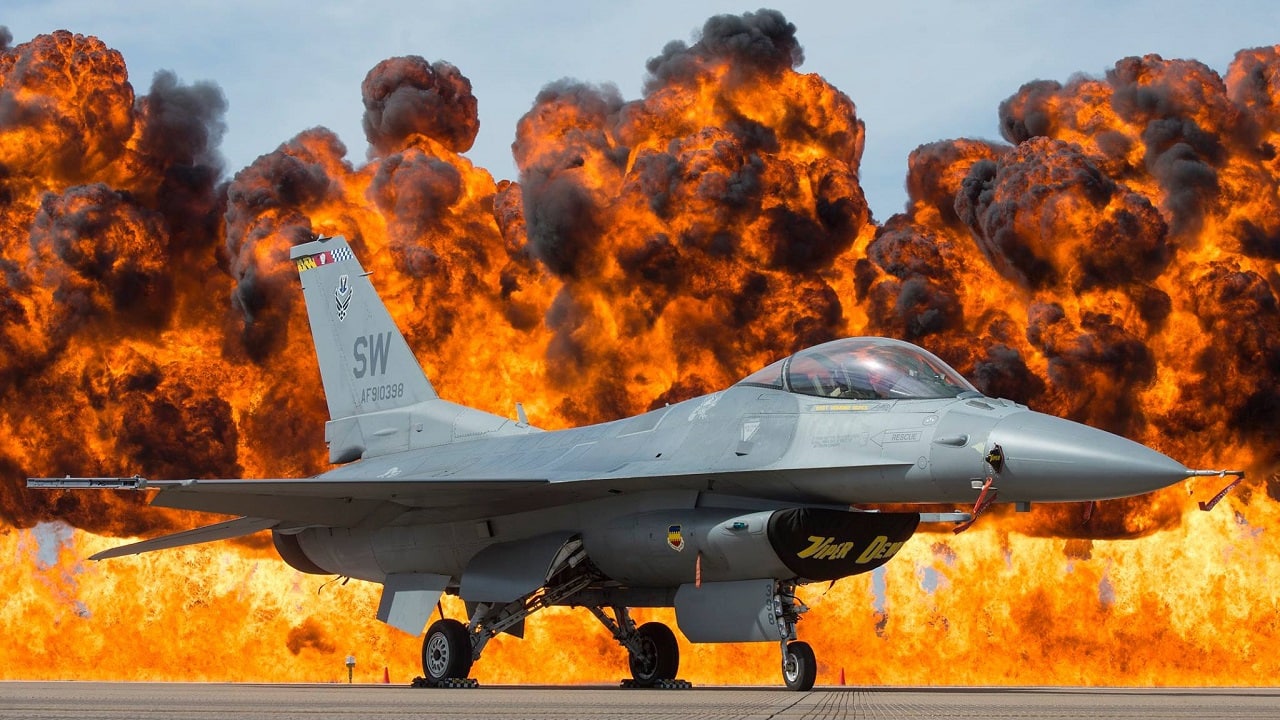Agile Combat Employment, also known as ACE, is one of the most important concepts in the U.S. Air Force today. The Russian invasion of Ukraine has shown how important the Agile Combat Employment concept is, particularly in joint environments in which U.S. aircraft could be operating alongside NATO allies and partners that use different platforms.
Using ACE to Ace In War
The Agile Combat Employment concept requires a squadron or flight to quickly mobilize and deploy its aircraft across an area of operations on very short notice. That deployment could place in response to credible intelligence about imminent hostilities with an adversary or as an attempt to deter such hostilities from taking place through deterrence.
In the annual posture statement to Congress, U.S. Air Force General Todd Wolters, the commanding officer of the U.S. European Command (EUCON) and the Supreme NATO commander, highlighted the importance of the Agile Combat Employment concept.
“Though Agile Combat Employment, we seek to enhance current posture, complicate adversary decision-making, and impose costs while assuring our NATO Allies. Agile operations, supported by Combined Joint All Domain Command and Control, and improved communications and domain awareness capabilities, will demonstrate a credible, networked combat deterrence from potential airfields across the continent. This expansion of European contingency air operation and deployable air bases enhances the survivability of our forces,” General Wolters said.
But the Agile Combat Employment concept has some great operational benefits too. By rapidly deploying and dispersing aircraft throughout an area of operations, the U.S. military increases their survivability and thus their effectiveness too. The war in Ukraine has shown that dispersed forces can survive even the most advanced barrage of ballistic and cruise missiles. In a war against China, for example, the U.S. military would need to use all the tricks in the playbook to counter the advanced Chinese long-range fires capabilities.
“We’re shortening the kill chain, talking to our partners, and getting after what interoperability can do in this theater. When we begin exercising these concepts as soon as possible, we’re baking in capabilities with our Airmen, our allies, and our partners,” General Jeff Harrigian, the commanding officer of U.S. Air Forces in Europe and Air Forces Africa, said in a press release after a recent Agile Combat Employment exercise in Europe.
Agile Combat Employment
In the 2021 National Defense Strategy, the Pentagon highlighted by name the need to develop and adopt a lethal, agile force posture that transcends services and can operate in all warfighting domains, including air, sea, and air.
In short, the U.S. military must have the capability to rapidly deploy air, naval, and ground forces in an area of operations and conduct dispersed and sustained operations against a near-peer adversary, namely China and Russia (although there should be a review of Russia as a conventional near-peer adversary after the former’s awful military performance in Ukraine).
1945’s New Defense and National Security Columnist, Stavros Atlamazoglou is a seasoned defense journalist specializing in special operations, a Hellenic Army veteran (national service with the 575th Marine Battalion and Army HQ), and a Johns Hopkins University graduate. His work has been featured in Business Insider, Sandboxx, and SOFREP.

